Violinist of the Consone Quartet, Magdalena Loth-Hill examines the history and challenges behind two monumental string quartet works: Beethoven’s op.95 ‘Serioso’ and Mozart’s ’Hoffmeister’, ahead of performances at Music at Paxton

Discover more Featured Stories like this in The Strad Playing Hub.
In July, we return to Paxton House for the second instalment in our three-year Music at Paxton residency as associate ensemble. For our concert on Sunday 21 July, we are bringing an all-Classical programme of Mozart and Beethoven. Aside from these two composers having written some of the best string quartet music out there (and very much our group’s ’bread and butter’), we wanted to pair these particular works because of their stark contrast in character, while each being quirky and experimental in their own way.
We first started working on Beethoven’s op. 95 Quartet in the autumn of 2023, in preparation for a series of concerts just before Christmas. We had played a lot of Beethoven’s music, particularly during his 250th anniversary year in 2020. As some of our first concerts back after a long break, it was quite the way to restart!
It took Beethoven a long time to start writing string quartets. As a young man he copied out quartet movements by Mozart and Haydn, but it wasn’t until late 1798 that he finally began to set down his first string quartets (the op. 18) on paper. Although they are Classical in style, they are surprisingly forward-looking.
The op. 95 ‘Serioso’ Quartet comes from a slightly later time in Beethoven’s life. The last quartet before the so-called ‘late’ quartets, it is a fascinating document in the history of Beethoven’s evolving style. This was a turbulent period in his life; just the previous year Napoleon had invaded Vienna, where Beethoven was living. Most of Beethoven’s friends had already left the city and he was terribly upset by the noise of the bombings. Added to this, he had recently suffered a failed love affair and was, by this point, unable to ignore his growing deafness. One can get a real sense of his mental turmoil in a letter he wrote (but never sent) to his brother in 1802, known as the ’Heilingenstadt Testament’. He writes, ’if I had not read somewhere that no one should quit life voluntarily while he could still do something worthwhile, I would have been dead long ago and certainly by my own hand. Oh, life is so beautiful, but for me it is poisoned forever.’ It is perhaps no surprise, then, that he was in a grave and serious frame of mind when he chose to compose a quartet in F minor, subtitled ‘Serioso’ - the only quartet to which he gave a subtitle.
The op.95 ‘Serioso’ Quartet comes from a turbulent period in Beethoven’s life
Unlike Beethoven’s cautious beginnings with quartet writing, Mozart seems to have approached the genre with characteristic ease, writing his first quartets at the age of just 14. Like the ‘Serioso’, which was dedicated to a friend of Beethoven’s, Mozart’s ‘Hoffmeister’ quartet was dedicated not to a wealthy aristocratic patron, but to his friend, the publisher and composer Franz Anton Hoffmeister. In an advert for the piece, Hoffmeister says that it is written ’with that fire of the imagination and that correctness which long since won for Herr Mozart the reputation of one of the best composers in Germany.’
This piece is newer to us in the quartet and we find the writing consists of some unusually thick textures for a piece of such ‘gallant’ style. Mozart crafts long, intricate lines that have to be beautifully executed and carefully woven together. Making this music sound effortless is the real challenge! What we find curious about this piece is that it sounds earlier in style than its predecessors from the set of six quartets dedicated to Haydn. We wonder if the ’early disguise’ is a nod to Mr Hoffmeister, whilst the more complex building blocks are very much still Mozart, the revolutionary.
Earlier this year we had the privilege to be invited for a lesson with Alfred Brendel and we played the ’Serioso’ Quartet for him. It was fascinating to hear such an eminent musician talk about Beethoven’s style and about what is required as performers when interpreting this music. We were inspired by his attention to detail, particularly when it came to pacing and gauging dynamics, since for us as a period instrument quartet this is especially pertinent. Gut strings have a particular range of colours and sounds, and they are perhaps less forgiving than modern metal strings. It is useful to remember that in the context of the sounds Beethoven (and indeed Mozart) would have known, this music must have sounded all the more revolutionary because he was pushing the instruments to their limits – this was the absolute edge of what was possible.
Perhaps anticipating the reaction this would have, Beethoven said in a letter to his friend, George Smart, that the op. 95 quartet was ’written for a small circle of connoisseurs and is never to be performed in public.’ Although it is a comparatively short piece, playing it is an intensely physical experience. The music, full of angst and sentiment, is made up of very small motifs, which Beethoven uses to experiment with metric ambiguity and use of dramatic silences. He expects the performers to execute sudden and extreme contrasts of dynamic, tempo, tessitura, bow stroke, sound, character and mood, which is technically challenging, especially when the players’ heart rate is up!
Living in the 21st century, it is almost impossible to try and imagine how new and surprising this music would have sounded in its day. Both composers were experimentalists and revolutionaries in their own way, and were writing with the sonority of gut strings in mind. We try to maximise on all the tools available to us, particularly with the more intimate sound-worlds – you can really draw the audience in, and the Music Room at Paxton House is the perfect setting.
The Consone Quartet will perform at Music at Paxton on Saturday 20 July and Sunday 21 July. Find out more here: https://www.musicatpaxton.co.uk/programme
Read: Gut strings feel honest and dirtier than the brilliance of metal strings - Consone Quartet
Read: Shostakovich string quartets translate the human experience: Quatuor Danel
Read more Featured Stories like this in The Strad Playing Hub
The number one source for playing and teaching books, guides, CDs, calendars and back issues of the magazine.
In The Best of Technique you’ll discover the top playing tips of the world’s leading string players and teachers. It’s packed full of exercises for students, plus examples from the standard repertoire to show you how to integrate the technique into your playing.
The Strad’s Masterclass series brings together the finest string players with some of the greatest string works ever written. Always one of our most popular sections, Masterclass has been an invaluable aid to aspiring soloists, chamber musicians and string teachers since the 1990s.
American collector David L. Fulton amassed one of the 20th century’s finest collections of stringed instruments. This year’s calendar pays tribute to some of these priceless treasures, including Yehudi Menuhin’s celebrated ‘Lord Wilton’ Guarneri, the Carlo Bergonzi once played by Fritz Kreisler, and four instruments by Antonio Stradivari.

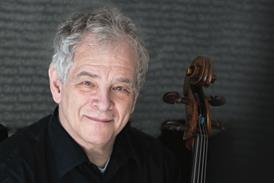



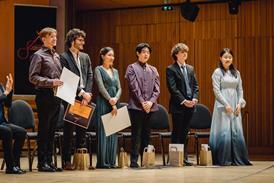
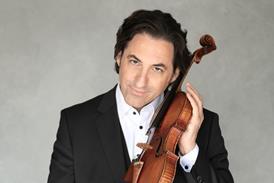
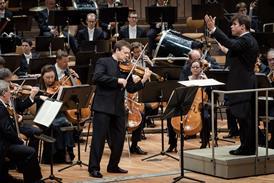


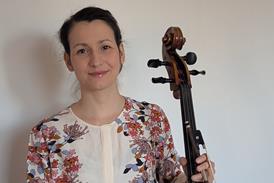
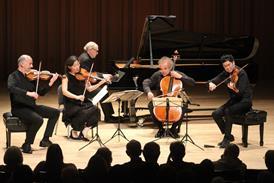


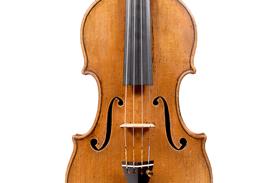
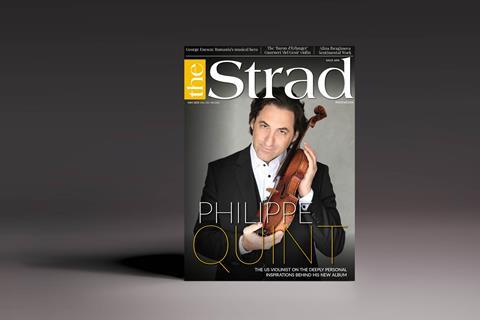




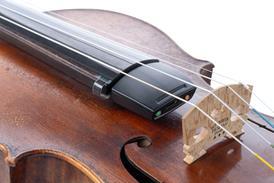
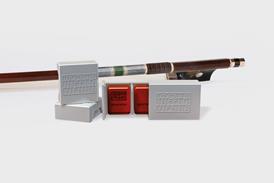
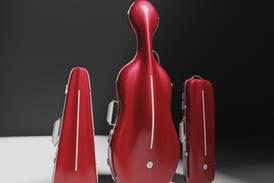


































No comments yet